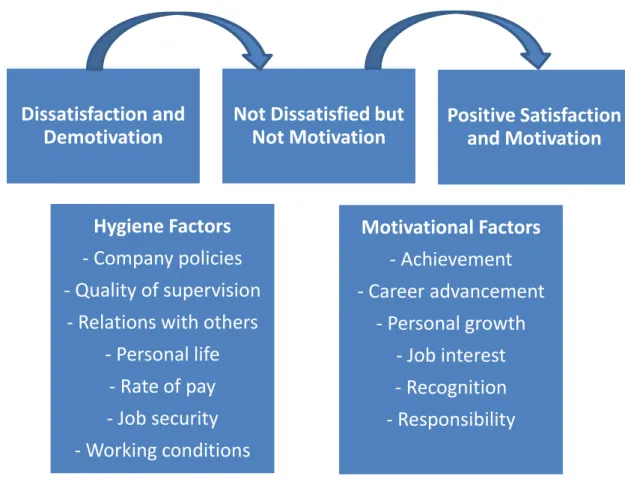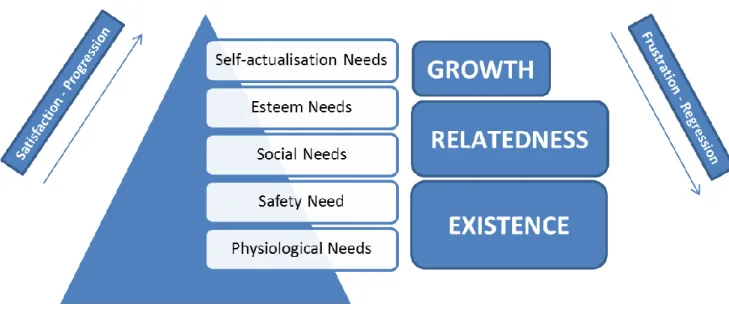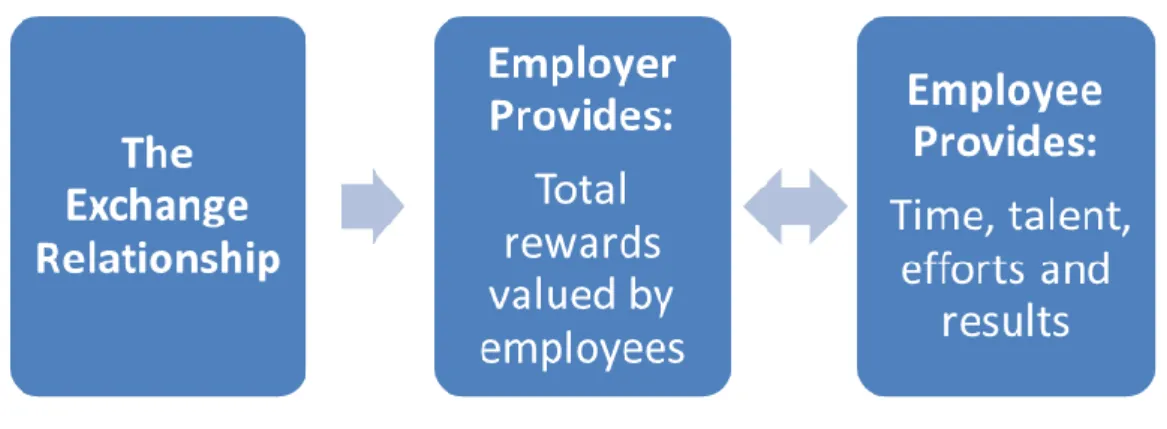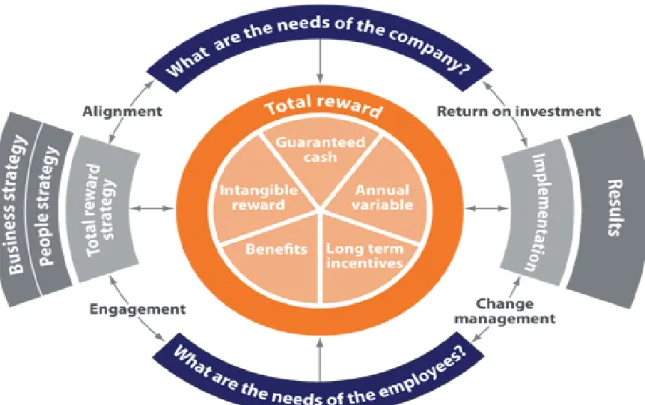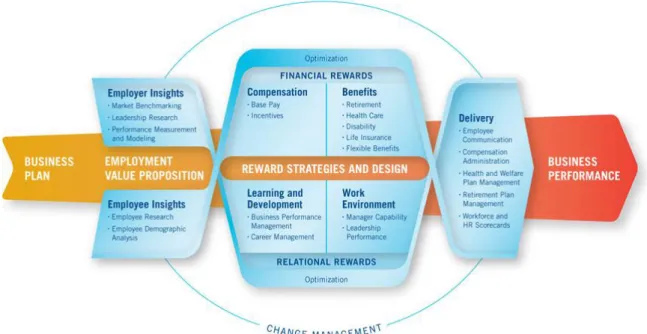This research considers the impact of the reward systems and programs, monetary and non-monetary rewards, as a means of motivating employees to achieve organizations' identified strategic goals. It is submitted in partial fulfillment of the requirements for the Master of Business Administration degree at the.
Introduction
- Research Objective
- Research Problem
- Research Questions
- Chapter Summary
The implications of Thumbran's study are that both monetary and non-monetary rewards have a place in a holistic total reward approach. According to Berberian (2008), organizations should pay attention to the five prevailing themes that emerged from the research: (a) non-monetary.
Literature Review
Introduction
According to Lawler (2003), the way in which individuals are managed progressively determines whether an organization will succeed or continue to survive. For an organization to be effective, its people must be seen as the main foundations of an organization's competitive advantage.
Theories of Motivation
- Maslow's Hierarchy of Needs
- Herzberg's Two-Factor Theory of Motivation
- Alderfer’s ERG Theory of Motivation
- Expectancy Theory of Motivation
According to Nel et al. 2001), it is important that the organization prioritizes hygiene factors. According to the theory, hygiene factors are factors that are important for the existence of motivation in any organization (Herzberg, 1968).
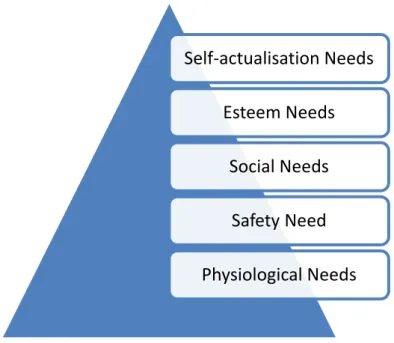
Monetary Rewards
The authors believe that monetary rewards are more important in individuals' actual selections than in their responses to the question about the importance of monetary rewards as a motivator. The results on the importance of monetary rewards as a motivator come from Agarwal's (2010) study based on a literature review on executive motivation and compensation.
Non-Monetary Rewards
Responses showed that three non-monetary drivers (praise from immediate managers, attention from leadership, and an opportunity to lead projects or task forces) were more effective. Non-monetary drivers that play an important role in shaping employee behavior are job designs.
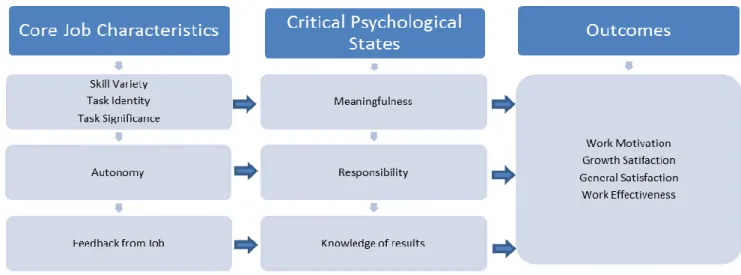
Monetary and Non-Monetary Implications
This survey was conducted by the Maritz Pool Survey (http://www.maritz.com/Maritz-Poll/2006/Maritz-Poll-Bosses-Not-On-the-Same-Page-as-Employees-Regarding-Recognition. aspx - Retrieved September 12, 2012). Individuals desire to be recognized as a powerful tool used to motivate and increase work performance.
The Value of Reward Programmes
- Implications
Galbraith's star model describes the integration of five components and their importance in influencing employee behavior. However, to be effective, a reward program must fit the management style of any organization and must support the desired behavior and culture of the organization.
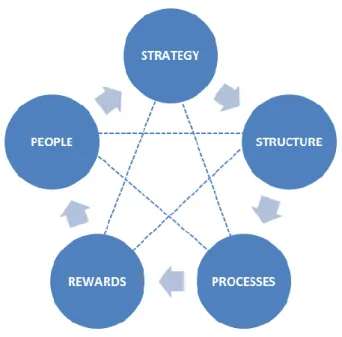
Elements of Reward Programmes
- Implications
Relational rewards – These are rewards such as recognition, status, learning and development, challenging work, job security and work environment. Wiscombe (2002) argues that there is adequate evidence for a significant correlation between non-monetary rewards and greater job performance.
Employee Choices and the Reward Programme Models
- Employee Choices
- Reward Programme Frameworks
- WorldatWork Total Rewards Model
- Hay Group Total Rewards Framework
- Towers Perrin Total Rewards Effectiveness Blueprint
- Implications
The literature clearly shows that both monetary and non-monetary rewards have a place within a reward program or framework and should be carefully adjusted by the organization based on employee preferences. In an effort to understand some of the general elements used in reward program models, this part of the chapter will present some of the models and frameworks that have been developed. WorldatWork's Total Rewards Model is a framework for organizations to develop strategies to attract, motivate and retain employees.
This part of the framework is crucial for organizations to understand employee needs on an employee basis. It would be interesting to see how the reward element learn and develop; compare the achievement and recognition reward element and the work life reward elements from a weighting perspective in motivation compared to the tangible monetary rewards. Depending on the type of individual or demographic nature of the individual; his or her function and position in the organization, certain remuneration elements are considered more important than others.

Conclusion
Research Questions
Research Methodology
- Introduction
- Research Design
- Population
- Sampling
- Data Collection
- Data Collection Process
- Survey Pre-Test
- Research Advantages and Limitations
- Chapter Summary
The research design of the study is a quantitative survey to determine whether non-monetary rewards have an impact on work motivation. Participation was voluntary and a confidentiality clause was stated in the cover letter of the questionnaire. According to Zikmund, a probability sample is defined “as a sample in which each member of the population has a known, non-zero probability.
Following the feedback received, the questionnaire was revised and some questions reworded. The chapter attempted to discuss and describe the research design including the research description, research instrument and data collection process.
Presentation of Results
Introduction
Response Rate
A total of 405 emails were sent to the selected sample of past and current MBA students from a Johannesburg-based business school. Of the 405 emails sent with the survey questionnaire link attached, 18 emails were returned from the sample size. The questionnaire was developed and distributed on the Survey Monkey website and email facilities were used to send the online link of the questionnaire to the selected respondents.
Analysis of the Demographic Profile
The majority of the sample belonged to the age group of 30 and 39 years, which constitutes 71% of the sample. Other contributed to 33% of the sample while Finance, Sales and Marketing contributed 18%, 15% and 15% respectively. 42% of respondents reported that they had been employed at their current organization between 3 and 5 years.
The majority of respondents fell within the age group of 30 – 39 years with a postgraduate degree. Finally, the majority of respondents have been working in their respective companies for 3 and 5 years.
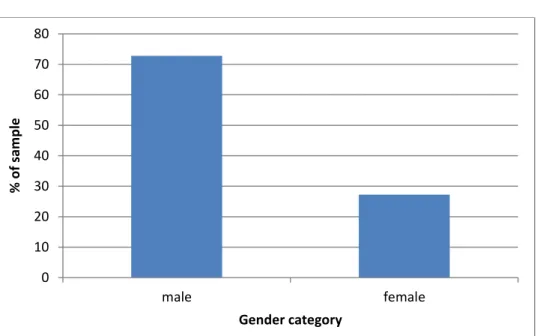
Analysis of the Reward Preferences
The results of the statistical analysis, generated based on the use of descriptive and inferential statistics, are presented in the form of a table. The mean, median, standard deviation, skewness, and normalized skewness (z(skewness)) for each of the reward preferences are tabulated in the table below. All reward benefits, except for on-site child care and 24-hour wellness lines (which were rated of little importance and neutral, respectively), achieved an average rating of very important.
All award amenities, except for eating and smoking areas (which were rated as neutral), received an average rating of very important. All reward benefits except seminars/conferences abroad (which were rated neutral) received a medium rating of very important.
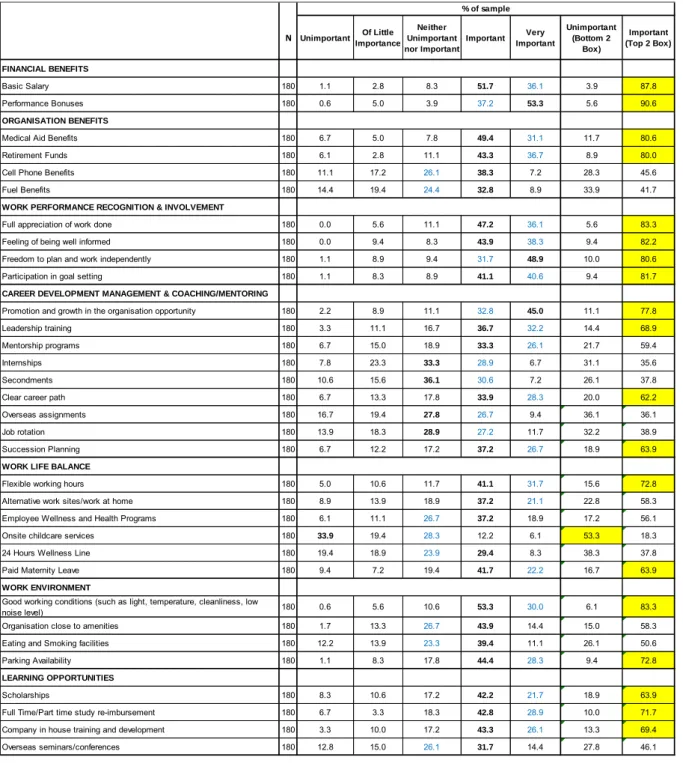
Analysis of the Organisation Preference to Reward Categories
Analysis of the Individual Preferences for Reward Categories
None of the demographic variables were significant, indicating that they did not have a significant effect on the ranking of financial benefits by the different. None of the demographic variables were significant, suggesting that they did not have a significant effect on the ranking of organizational benefits by the different groups of respondents. None of the demographic variables were significant, indicating that they did not have a significant effect on the ranking of performance recognition by the.
None of the demographic variables were significant, indicating that these did not have a significant effect on the ranking of career development by the different groups of respondents. None of the demographic variables were significant, indicating that these did not have a significant effect on the ranking of work-life balance by the different groups of respondents.

Conclusion
Discussion and Recommendations
Introduction
Research Questions
To what extent do organizations use non-monetary rewards and monetary rewards in their offer to motivate employees.
Research Method Review
Research Question 1 Discussion
The analysis of the literature and research research shows that organizations use a combination of monetary and non-monetary reward incentives to motivate their people. The respondents who took part in the survey indicated that performance bonuses and base salaries were the most important elements of compensation. Nelson and Quick (2003) suggest that monetary rewards have value and that the presence of motivators in the work environment is essential to increase employee motivation.
It is also clear that the survey participants believe that combinations of both types of rewards are used in reward programs. Motivating employees requires a combination of both monetary and non-monetary rewards as discussed in the literature.

Research Question 2 Discussion
21% of respondents felt that job performance recognition and engagement had the greatest impact on an organization's ability to motivate its employees. 9% of respondents felt that work-life balance had the greatest impact on an organization's ability to motivate its employees. 3% of respondents felt that learning opportunities had the greatest impact on an organization's ability to motivate its employees.
3% of respondents believed that organizational benefits had the greatest impact on an organization's ability to motivate its employees. 1% of respondents believed that the work environment had the greatest influence on an organization's ability to motivate its employees.
Research Question 3 Discussion
Research Question 4 Discussion
Furthermore, it can be assumed that due to the current economic climate and the demographic nature of the population sample is male dominant; the majority of respondents fell within the 30-39 age range; non-white dominant; it is these factors that have partly led to the financial benefits being ranked highest. Moreover, considering that many of the respondents worked in finance, marketing and/or sales. A general linear model was used to test for the effect of each demographic variable while controlling for the effects of the other demographic variables.
This was done for each of the seven benefits category outcomes as outlined in Chapter 5. 15% of the respondents are in sales and we can assume that their goal by pursuing an MBA is to further their studies, develop their skills and improve their work skillset.
Recommendations
Additionally, incorporating job design and job performance recognition into reward program design is important for organizations to ensure that the fit is beneficial to both the employee and the employer. Given the impact of the economic recession and the type of respondents included in the survey, financial benefits were recorded as the most important category of rewards named by the employee and the organization. The proposed reward framework is the modified version of the WorldatWork Total Rewards Model and Towers Perrin Reward Plan.
The key modification of this reward framework is the inclusion of the organizational and employee weights when it comes to the reward categories. This proposed framework emphasizes the needs of the employer and the employee, taking into account the organizational culture; business strategy; human resource strategy and the external environment.
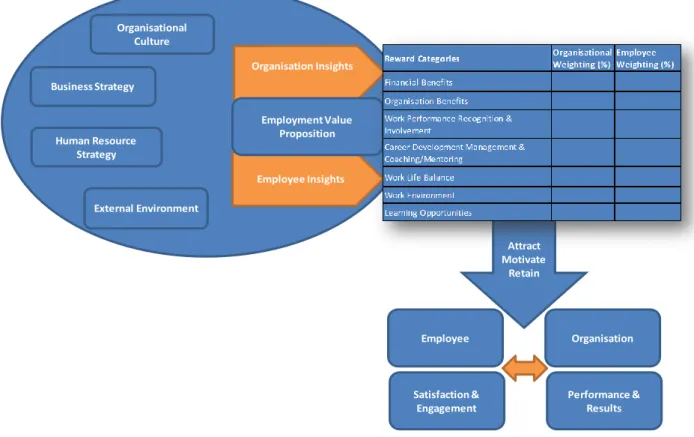
Conclusion
Future Research Opportunity
A case of gender and position differences in the perceived role of rewards in the hotel industry. Handbook in Research and Evaluation: A collection of principles, methods, and strategies useful in planning, designing, and evaluating studies in education and the behavioral sciences. Health worker motivation in Africa: the role of non-financial incentives and workforce management tools.
Retention factors of managerial staff in the maintenance phase of their career in local government. The relationship between rewards, recognition and motivation in an insurance company in the Western Cape.
